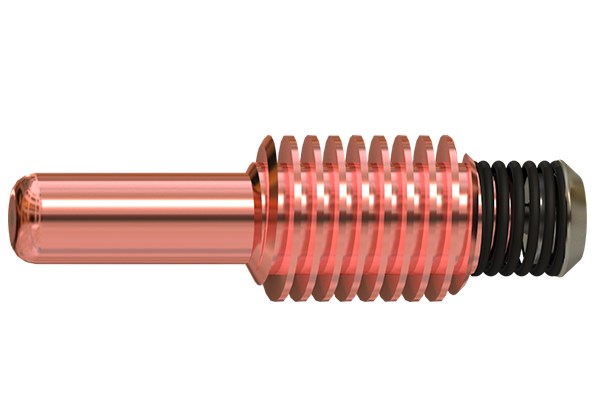

Connect to the micro usb adapter as we do not support the larger one yet.Ģ.
#Hyperterm 6.4 driver
To start the audio system, you'll need to execute the I2C driver and pmic_tw4030_cfg utility first
#Hyperterm 6.4 drivers
To use the drivers in the target hardware, you'll need to uncomment them in your buildfile, rebuild the image, and load the image into the board. Some of the drivers are commented out in the default buildfile. The following tables summarize the commands to launch the various drivers. The IPL and OneNAND driver development is still ongoing and that is the reason why the board cannot be booted from OneNand yet. ls).įlashing the IPL on to the target Not supported yet Now you can test the OS, simply by executing any shell builtin command or any command residing within the OS image (e.g. Starting USB EHCI Host and OTG host driver. Target=0 lun=0 Direct-Access(0) - ram Rev:įormat complete: FAT12 (4096-byte clusters), 8168 kB available. Starting on-board ethernet with TCP/IP stack. Welcome to QNX Neutrino trunk on the Texas Instruments OMAP3530 (ARMv7 Cortex-A8 core) - IGEP v2 You should see output on your terminal console, similar to the following: Setting up the environment For OMAP3530 IGEPv2 BoardĪpply power to the target board. On your host machine, start your favorite terminal program with these settings: Step 3: Transfer the OS image to the target using the ROM monitor
#Hyperterm 6.4 code
You can build a BSP OS image from the source code or the binary components contained in a BSP package.įor instructions about building a BSP OS image, please refer to the chapter Working with a BSP in the Building Embedded Systems manual.
#Hyperterm 6.4 serial
If you have a Neutrino host with a serial mouse, you may have to move the mouse to the second serial port on your host, because some terminal programs require the first serial port.Connect the serial cable to the serial port on OMAP3530 IGEPv2 Board to the first serial port of your host machine (e.g.Getting Started Step 1: Connect your hardware The interrupt vector table can be found in the buildfile located at src/hardware/startup/boards/omap3530/ The tables below depict the memory layout for the image and for the flash. Terminal emulation program (Qtalk, Momentics IDE Terminal, tip, HyperTerminal, etc.).



 0 kommentar(er)
0 kommentar(er)
